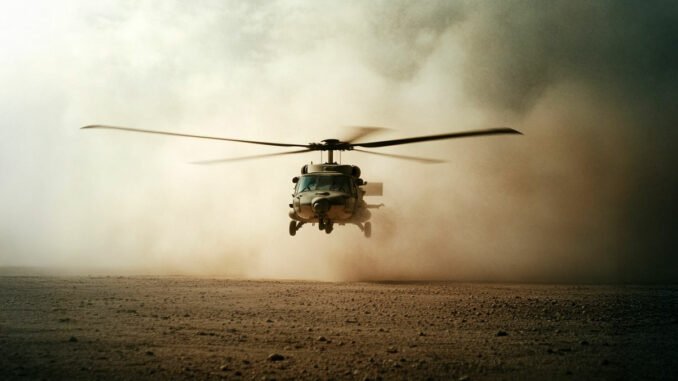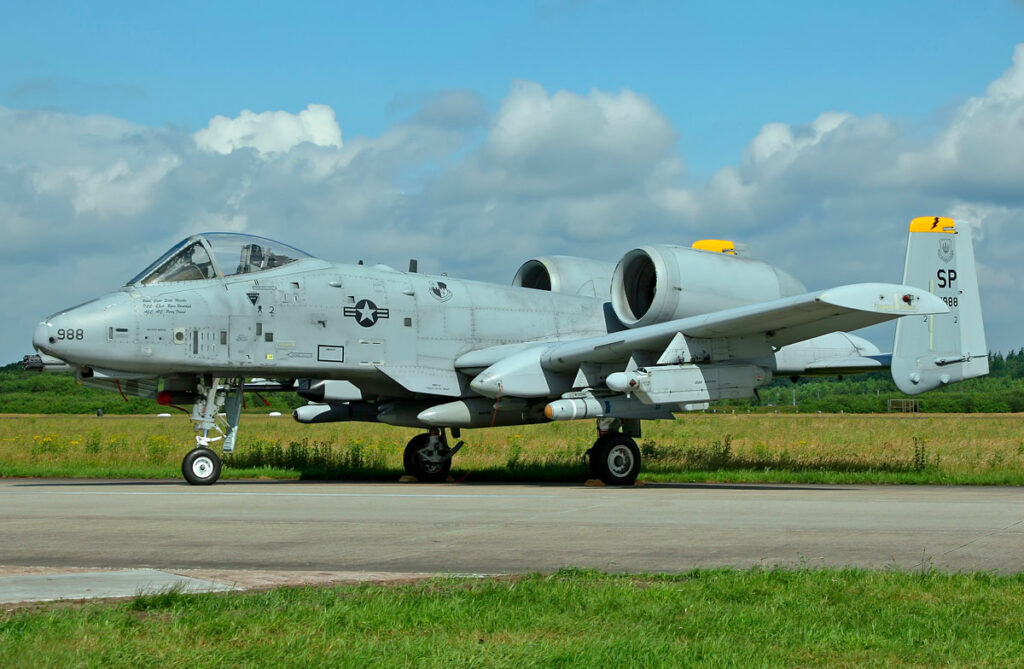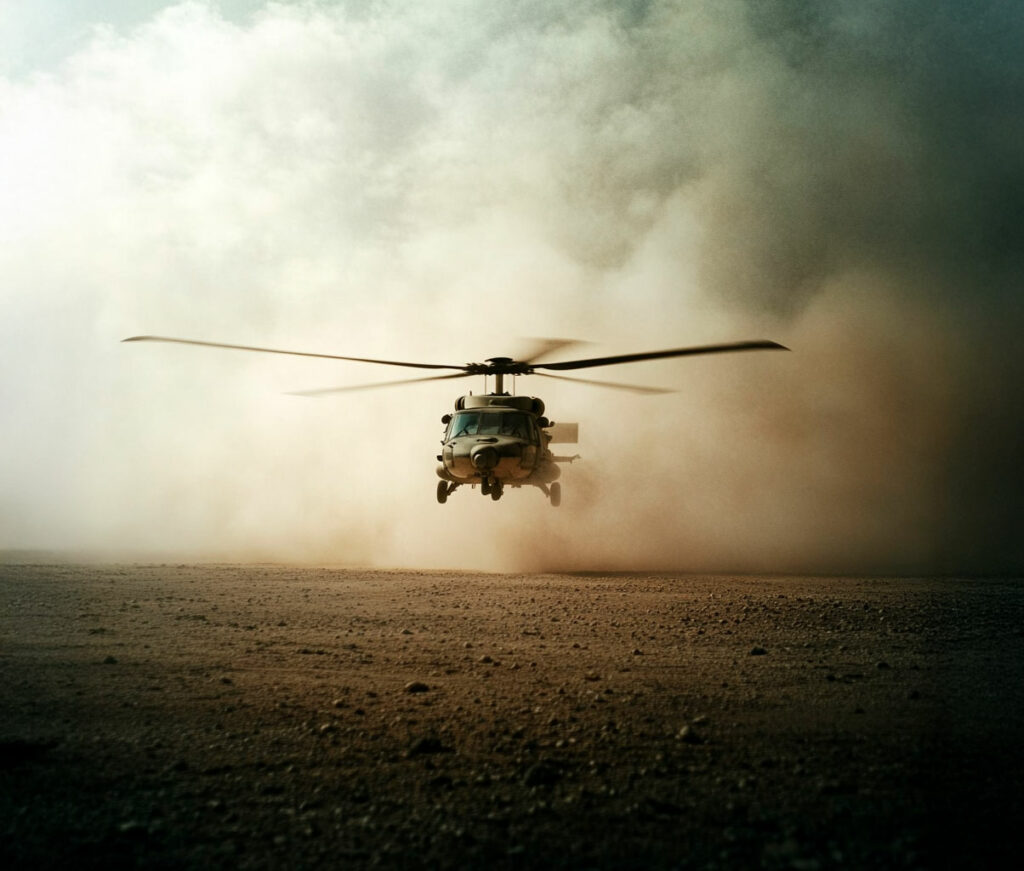
Detailed analysis of Operation Anaconda (2002), its military strategy, and the use of air forces in the war in Afghanistan.
Operation Anaconda, carried out in March 2002 in the Shah-i-Kot Valley, was one of the first major offensives by US forces against the Taliban and Al-Qaeda after September 11. The operation aimed to neutralize insurgents entrenched in a mountainous region that was difficult to access. Despite rigorous planning, allied forces encountered stronger resistance than expected, highlighting the complexity of the Afghan theater and the resilience of enemy fighters.

Operation Anaconda: context and objectives
Launched on March 2, 2002, Operation Anaconda aimed to eliminate Taliban and Al-Qaeda forces in the Shah-i-Kot Valley, located in the province of Paktia, in eastern Afghanistan. This region, close to the Pakistani border, had been a refuge for insurgents since the fall of the Taliban regime in December 2001.
The operation was commanded by Major General Franklin L. Hagenbeck, with a combined force of 1,700 US soldiers and 1,000 allied Afghan fighters. The main units included the 3rd Brigade of the 101st Airborne Division (Task Force Rakkasan) and the 1st Battalion of the 87th Infantry Regiment of the 10th Mountain Division.
The operation relied on an encirclement strategy, with helicopter-borne forces deployed to block escape routes and ground units advancing to engage the enemy. However, initial intelligence underestimated the number of enemy fighters, estimated at 150-200, when in fact there were between 500 and 1,000.
Fighting was particularly intense in areas such as Takur Ghar, where coordination errors led to significant casualties, notably during the battle known as “Roberts Ridge.” In total, the operation lasted until March 18, 2002, with a death toll of 8 killed and 72 wounded on the US side, and several hundred dead among the insurgents.
The use of air forces in Operation Anaconda
Operation Anaconda highlighted the crucial importance of air support in counterinsurgency operations in mountainous terrain. Air forces played a decisive role at several levels: transport, fire support, reconnaissance, and medical evacuation.
Transport and insertion of troops
CH-47 Chinook and UH-60 Black Hawk helicopters were used to insert troops into hard-to-reach landing zones. The 159th Aviation Combat Regiment deployed 13 CH-47s and 8 UH-60s to transport units from the 101st Airborne Division and the 10th Mountain Division. Weather conditions and rough terrain complicated these operations, with helicopters exposed to enemy fire as soon as they approached.
Fire support and air superiority
A-10 Thunderbolt II ground attack aircraft, F-15E Strike Eagle fighters, and B-52 Stratofortress bombers provided essential fire support to neutralize enemy positions. AH-64 Apache attack helicopters were also engaged in close support missions. However, coordination between ground forces and aircraft was hampered by communication problems and restrictive rules of engagement, limiting the effectiveness of air strikes in the early stages of the operation.
Reconnaissance and intelligence
MQ-1 Predator drones were used for surveillance and real-time intelligence gathering. Their ability to provide live images allowed for adjustments to be made to action plans and for enemy positions to be targeted more accurately. However, gaps in information sharing between different units limited the optimal use of these resources.
Medical evacuation
MEDEVAC helicopters were essential for the rapid evacuation of the wounded to medical facilities. However, the intensity of the fighting and the constant threat made these missions perilous, with aircraft often targeted during extractions.

Strategic analysis of Operation Anaconda
Operation Anaconda offers several strategic lessons on conducting operations in an asymmetric and mountainous environment.
Underestimation of the enemy
Initial intelligence seriously underestimated the strength and preparedness of the insurgents. This error led to inadequate action plans and tactical surprise for the allied forces.
Joint coordination
The operation revealed shortcomings in coordination between different branches of the armed forces, particularly between ground and air units. Communication problems and differences in rules of engagement hampered the overall effectiveness of the operation.
Importance of air support
Air support proved essential in compensating for the difficulties encountered on the ground. However, its effectiveness depends heavily on the quality of coordination and information sharing between the various units involved.
Tactical adaptation
Faced with stronger-than-expected resistance, allied forces had to quickly adapt their tactics, reinforcing positions, adjusting action plans, and intensifying air strikes. This ability to adapt was crucial in regaining the initiative and achieving the objectives set.
Operation Anaconda marked a turning point in the war in Afghanistan, highlighting the complex challenges of counterinsurgency operations in difficult terrain. It underscored the importance of rigorous planning, effective joint coordination, and the ability to adapt quickly in the face of determined adversaries. The lessons learned from this operation continue to influence military doctrine in contemporary asymmetric conflicts.
War Wings Daily is an independant magazine.